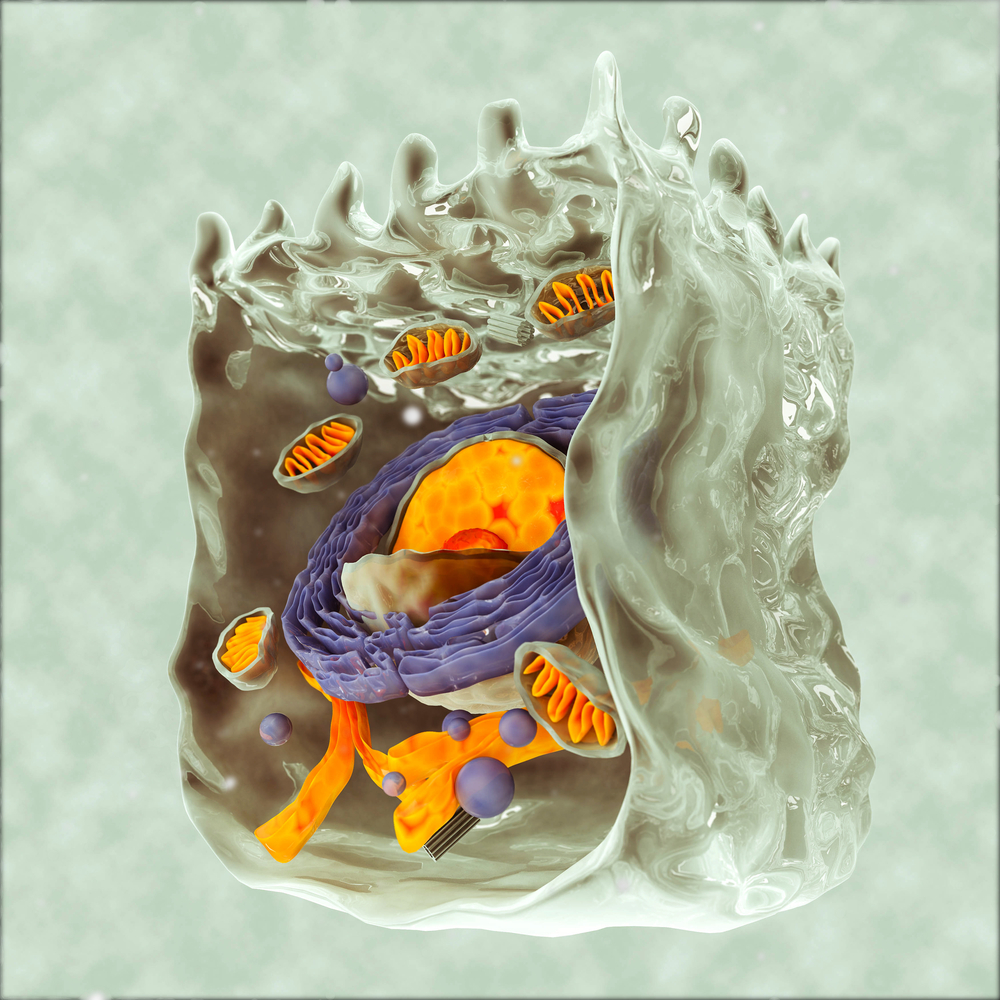New Tools May Give Closer Look at Mitochondria, Disease Mechanisms

Researchers have developed novel tools that allow a deeper and closer look at intracellular mechanisms occurring at the interface of mitochondria and other cell organelles. The findings were published July 6 in the journal Molecular Cell.
Reactive oxygen species (ROS) are usually depicted as the bad guys, underlying several diseases and aging. However, while ROS carry the potential to damage and kill cells, they are also important players for well-functioning biochemical processes occurring in cells.
“Reactive oxygen species are an essential part of the biochemistry of life,” said the study’s lead author Dr. Gyorgy Hajnoczky, professor at the MitoCare Center of the Department of Pathology, Anatomy and Cell Biology at the Sidney Kimmel Medical College of Thomas Jefferson University in Philadelphia. “Many proteins in the cell are sensitive to ROS, and will change their function when exposed to this chemical.”
Tracking ROS generation in time and location inside our cells has been hampered by the lack of tools, Hajnoczky said: “We’re just beginning to appreciate that much of cellular function happens at short distances, between nearly touching organelles.”
According to the study, “Redox Nanodomains are Induced by and Control Calcium Signaling at the ER-mitochondrial Interface,” the team of scientists designed tools to track ROS inside cells, particularly at the interface of two important organelles: the endoplasmic reticulum (ER) which is the key organelle in protein synthesis, and the mitochondria which make the cell’s energy. While two separate entities, these organelles are in constant contact and communication inside cells.
The new techniques delivered the ROS sensor to the mitochondria-ER connections, places where both organelles are so close that they establish local “quasi-synaptic” spaces, as described by Hajnoczky because they resemble neuronal synapses that occur between neurons in the brain.
Scientists understood that the level of ROS in this “quasi-synaptic” space fluctuated without any major alterations in the cell. Looking closer, researchers observed that ROS came from the mitochondria and stimulated release of calcium from the adjacent ER, but only in short bursts.
“The ROS creates a local signaling loop that allows just enough calcium to enter the mitochondria and turn on energy production without causing damage. We showed that ROS are important for the amplitude and frequency of the bursts,” Hajnoczky said.
Because uncontrolled calcium signaling and ROS production are two major events underlying several diseases – including cardiac and neurodegenerative diseases, as well as aging – researchers believe that the new tools will allow more thorough and deep investigation into the mechanisms linking ROS to disease development.
“This is one of the first demonstrations of physiological function of ROS as a localized signal at the contact of organelles. It had not been measured before,” Hajnoczky said.






